Unleashing the Beauty of the Red Factor Canary: A Guide to this Vibrant Bird Species
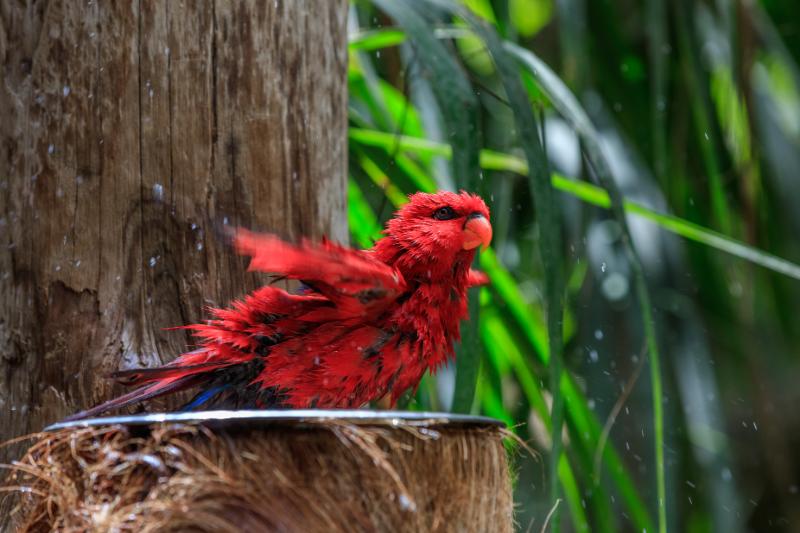
The unmistakable warble of a songbird fills us with joy, reflecting a harmony that is at once beautiful and colorful. Its effortless melodies bring special delight when they are from the Red Factor Canary, whose vibrant hue adds richness to the experience. Understandably, there are a few tricks to raising these extraordinary creatures to ensure they retain their captivating plumage. Let us dive into the fascinating world of these fiery-bright songsters.
The Alluring World of Canaries
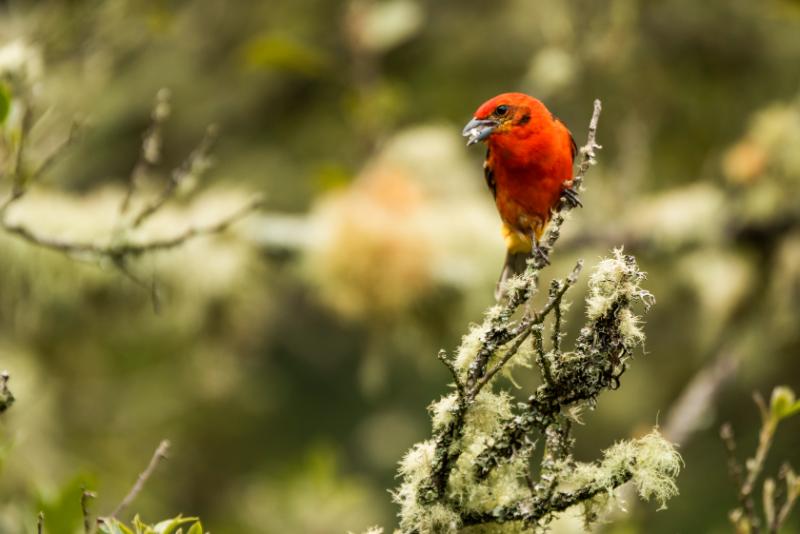
Small creatures with a heartbeat matching their native Canary Islands’ fervor, canaries are compact creatures, amassing roughly five inches in length. Surprisingly lightweight, their wild forms often exhibit a range of color palettes. Yet, the bond between humans and canaries has seen these avians birthing an array of hues thanks to selective breeding. From stark white and royal blue to captivating orange and the radiant red factor canaries, we see the spectrum expand in charming contrast.
See Related: Top 10 Most Interesting Animals in the World
The Joy of Red Factor Canaries as Pets
Easy to Care for
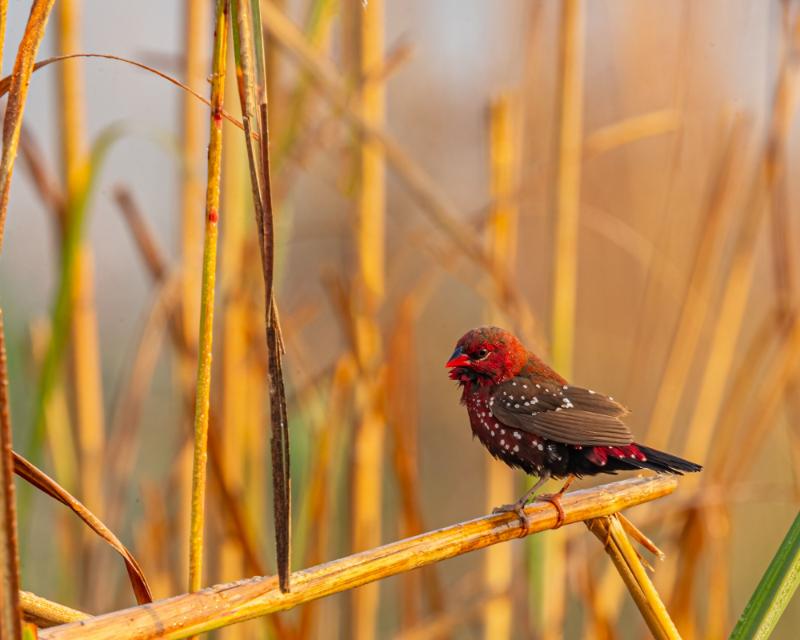
Life can get busy, and keeping a pet may seem like a sizeable responsibility. However, adding a little canary to your daily routine could prove surprisingly easy and rewarding. With minimal space requirements, daily food and water replenishments, and weekly cleaning, canaries are low-maintenance companions that bring high emotional rewards.
A Rainbow in Your Room

The Red Factor Canary takes this experience up a notch with their vivid plumage and soulful songs. They are a colorbred variety raised primarily for their striking appearance rather than their singing prowess. The fiery red was intentionally developed in the 1900s, thanks to the strategic breeding between the black hooded red siskin and a yellow canary.
Maintaining the “Red Factor”
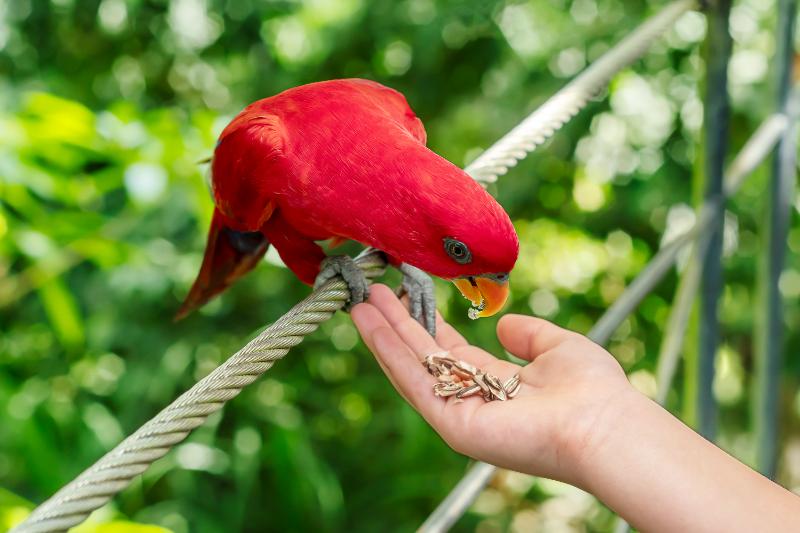
Color Enhancement through Diet
The rich red of the Red Factor Canary is not entirely genetic but rather highly dependent on their diet. In the wild, red siskins acquire this color by consuming foods rich in carotenoids. A similar strategy can boost the color intensity of captive birds, with a menu featuring red pepper, sweet potatoes, beets, tomatoes, cherries, and other fruits rich in carotenoids.
The Role of Chemicals
Canthaxanthin, Beta Carotene, and orange carotenoids can change the canary’s red intensity, presenting interesting variations. When carefully added to water, these compounds can result in different shades of red, from a muted blush to coal-fire red. However, it’s crucial to remember that using natural sources is a healthier, prefered approach.
The Harmonious Nature of Canaries
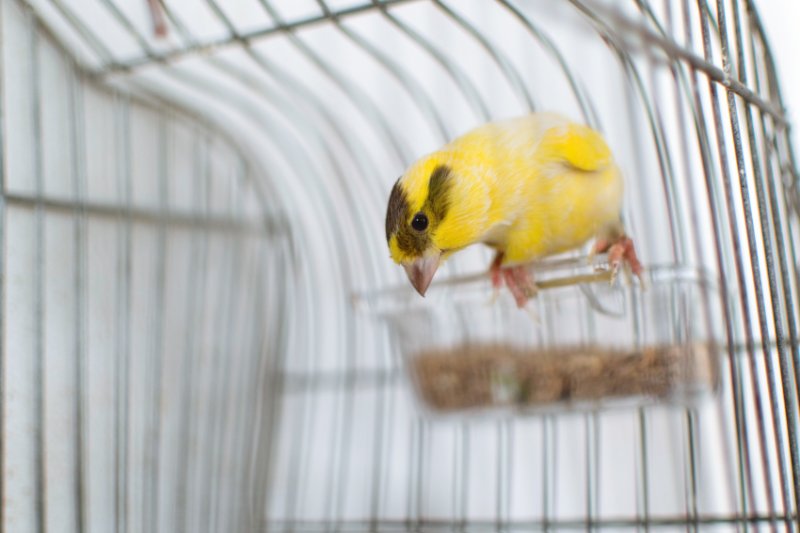
Social creatures by nature, canaries tend to thrive in small flocks of their kind, making them perfect for tranquil aviaries. Drawing from their ancestry in open grasslands, a roomy cage will ensure your colourful companion’s ultimate comfort. Owners who appreciate music often find the addition of a Red Factor Canary a magical accent to their homes.